Description
Hibiscus tea, also known as roselle or sorrel tea, is a herbal infusion made from the dried petals of the Hibiscus sabdariffa flower. It is renowned for its vibrant ruby-red color and tangy flavor profile. Here’s a description of hibiscus tea:
**Appearance**: When brewed, hibiscus tea produces a striking red hue, reminiscent of cranberry juice or ruby-red wine. The dried petals themselves are deep red or maroon in color, and when steeped in hot water, they release their rich pigments, resulting in a visually appealing beverage.
**Aroma**: Hibiscus tea has a fragrant aroma that is both floral and slightly tart. It carries hints of citrus, reminiscent of cranberries or raspberries, with floral undertones that can be reminiscent of roses or jasmine.
**Flavor**: The flavor of hibiscus tea is tart and refreshing, with a pleasant acidity that is balanced by natural sweetness. It has a slightly tangy taste, similar to cranberry or pomegranate juice, with subtle floral notes. Some describe it as having a citrusy undertone, akin to lemon or grapefruit, adding to its refreshing character.
**Texture**: The texture of hibiscus tea is light and smooth, with no bitterness. It’s often enjoyed hot but can also be served chilled over ice, where its refreshing nature becomes even more pronounced.
**Health Benefits**: Hibiscus tea is celebrated not only for its refreshing taste but also for its potential health benefits. It’s rich in antioxidants, particularly flavonoids and anthocyanins, which are believed to help lower blood pressure, reduce cholesterol levels, and promote heart health. Additionally, it’s known to have anti-inflammatory properties and may support digestion and weight management.
Overall, hibiscus tea offers a delightful sensory experience with its vibrant color, refreshing taste, and potential health benefits, making it a popular choice among tea enthusiasts and health-conscious individuals alike.
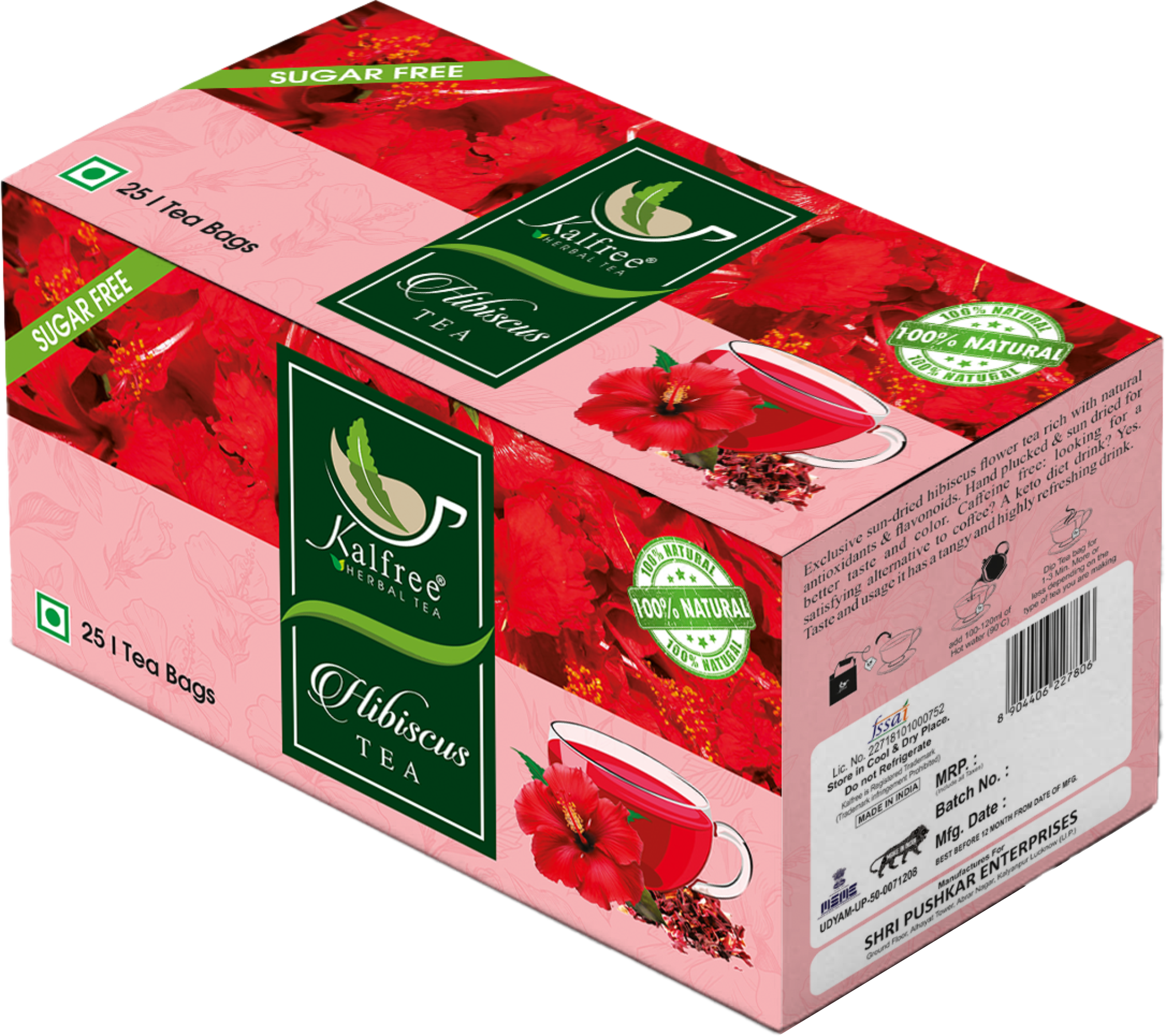
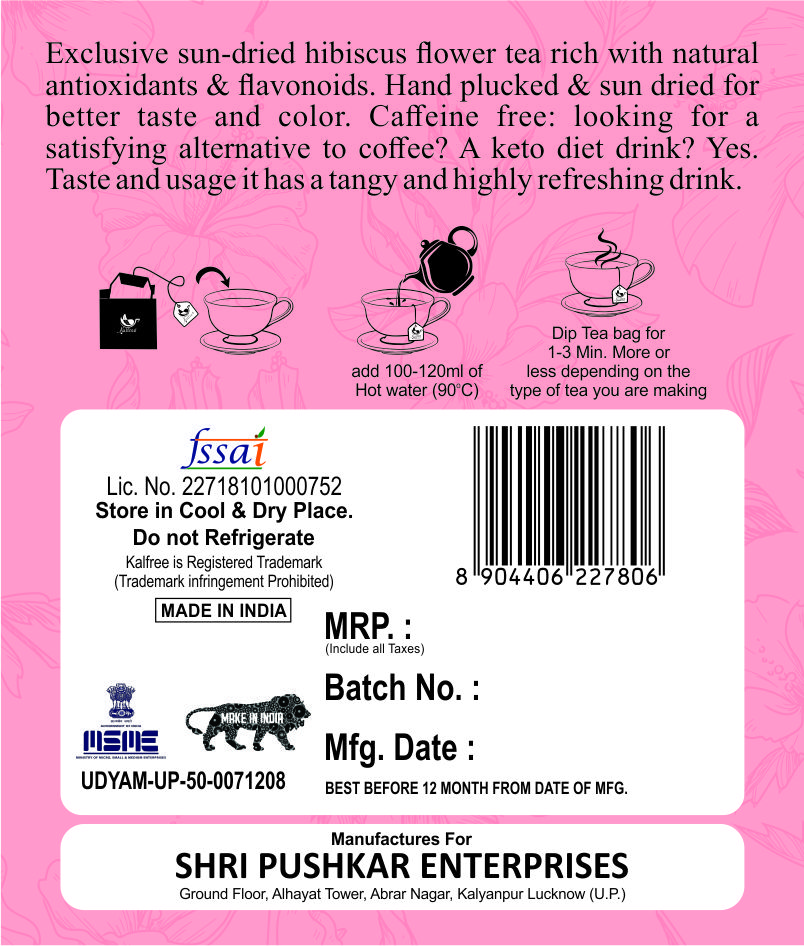

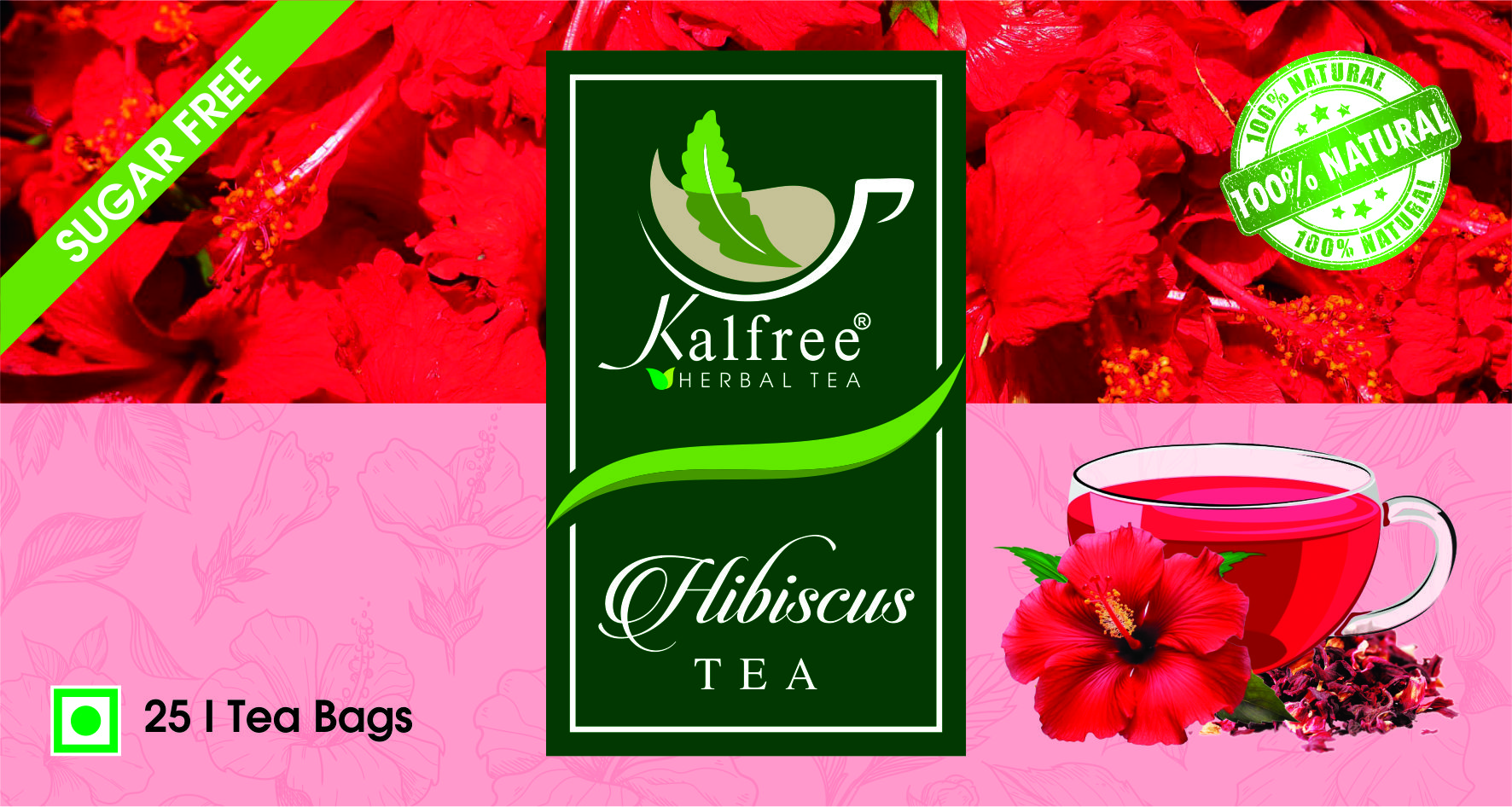
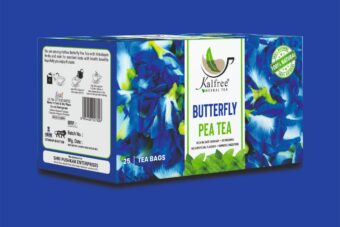
Reviews
There are no reviews yet.